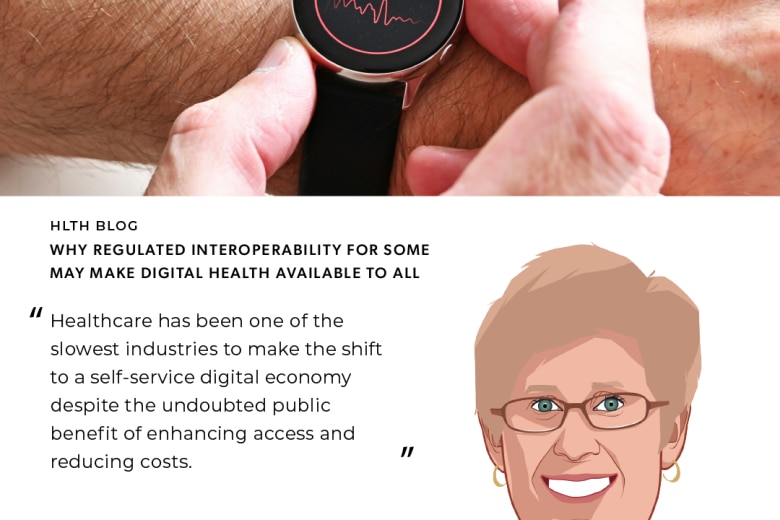I’ve noticed recently that urban wildlife is more charming to me than the creatures that inhabit my own backyard. The rabbits that nibble on the grass near InterSystems’ Cambridge, Mass., headquarters are somehow much more adorable than those that inhabit my suburban back yard, taunt my dog, and eat my plants. The same goes for the Canada geese nesting sweetly on the roof of the MIT building next door to our offices, versus those that inhabit my local ponds and leave their droppings on our footpaths.
These inconsistencies in my own outlook left me a little puzzled until I realized – it's all a matter of context.
The neighborhood where I live, while planned for urban density, was also designed to attract and sustain wildlife. The busy streets of Cambridge, Mass., on the other hand, seem almost deliberately hostile to wildlife, so the urban bunnies are not only more noticeable, but give the impression of beating the odds.
Context matters in a lot of situations, but especially in clinical environments. The most advanced analytics technologies are of little value to clinicians if the data is not viewed and understood in context. My colleague, Dr. Nelson Le, talks about the difficulties of developing useful clinical alerts when there is insufficient context. He gives the example of a series of data points:
- Diagnosis of Diabetes Type II
- LDL value of 212 mg/dl
- Current medication list does not include statin
Taken individually, each of these is relevant to a patient, but not necessarily indicative of the need for intervention. In combination – that is, in context – they should trigger some form of alert or care management workflow to ensure the patient is placed on a statin and monitored.
Context is especially challenging when we are trying to understand what is clinically meaningful in text-based records. Consider these terms:
- Fall – Is this a season of the year? A change in the stock market? Or a clinical event related to a frail elderly person? The latter represents a risk factor for future falls, a component of a nursing home quality metric, and a possible liability event.
- Discharge – You may discharge your responsibilities, discharge your weapon, be discharged from a facility, or have a discharge from a wound. Being discharged from care represents a trigger for various care coordination activities. A discharge from a wound may be an indication of infection requiring rapid intervention.
- Usher – An usher may usher you to your seat at an Usher concert. Or you may be suffering from Usher Syndrome, a fairly rare genetic disorder affecting hearing and vision, which would make you a person of interest to clinical researchers.
For clinical analytics purposes, whether real-time or retrospective, we need to address a number of contextual issues:
- Ensuring the data set is comprehensive enough to make information meaningful.
- Structuring datasets in ways that create or preserve context, e.g., is a problem current or historical?
- Understanding the information source and whether that source is appropriate for the purpose.
- Supporting the breadth of data types to fill in the picture, both structured and unstructured.
- Incorporating the necessary logic to recognize what is unusual or actionable. It is normal for an infant to double its weight in a year; not so for an adult.
- Delivering meaningful information to the right person in the right context. That might be within an order entry process for an immediate safety risk, or in a care management work list for population health management.
Understanding and delivering information in context is critical to making analytics applications that are more than pretty pictures and nifty demos. Applications that drive awareness of issues without exacerbating alert fatigue. Analytics applications that understand information in context.
Only then are we able to recognize and appreciate the significance of the unusual, not for the amusement of an urban pedestrian, but to drive better, safer healthcare.






































